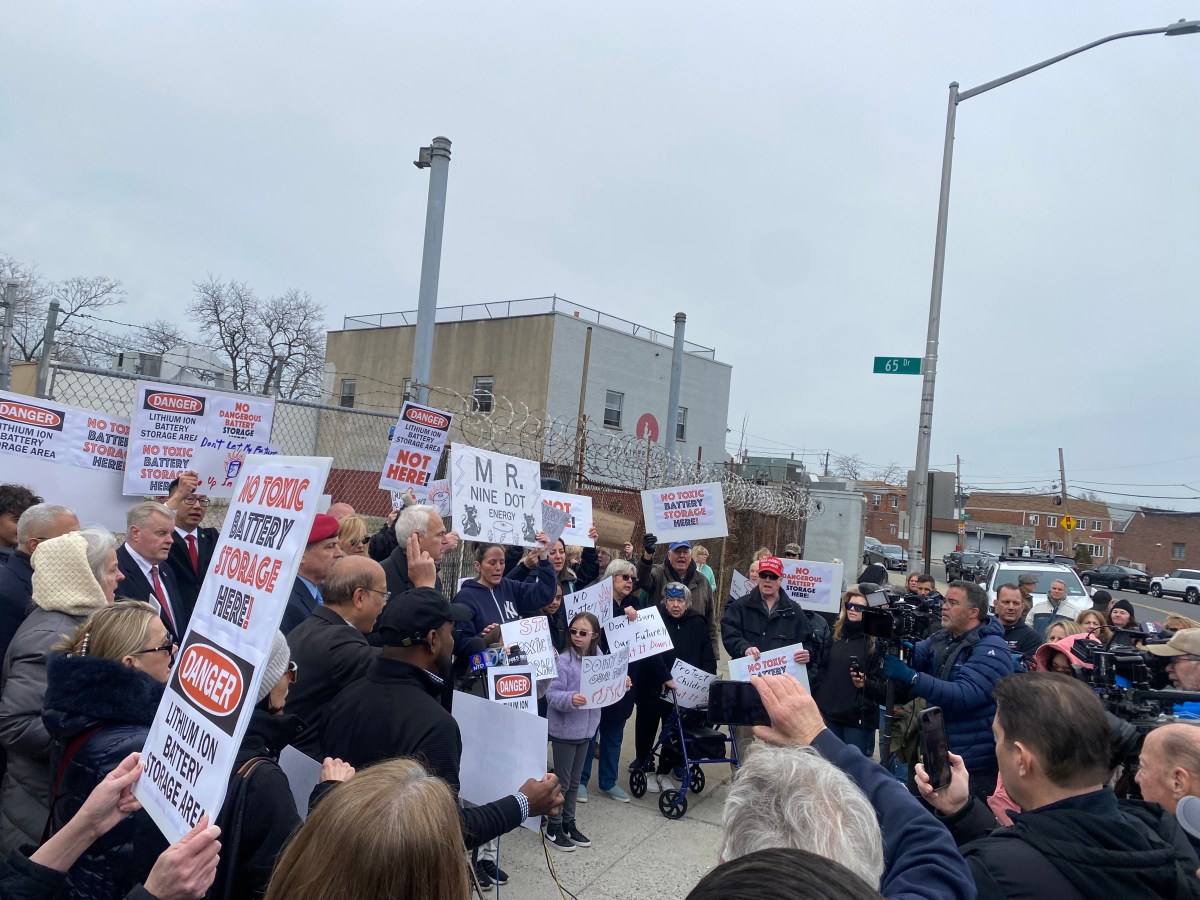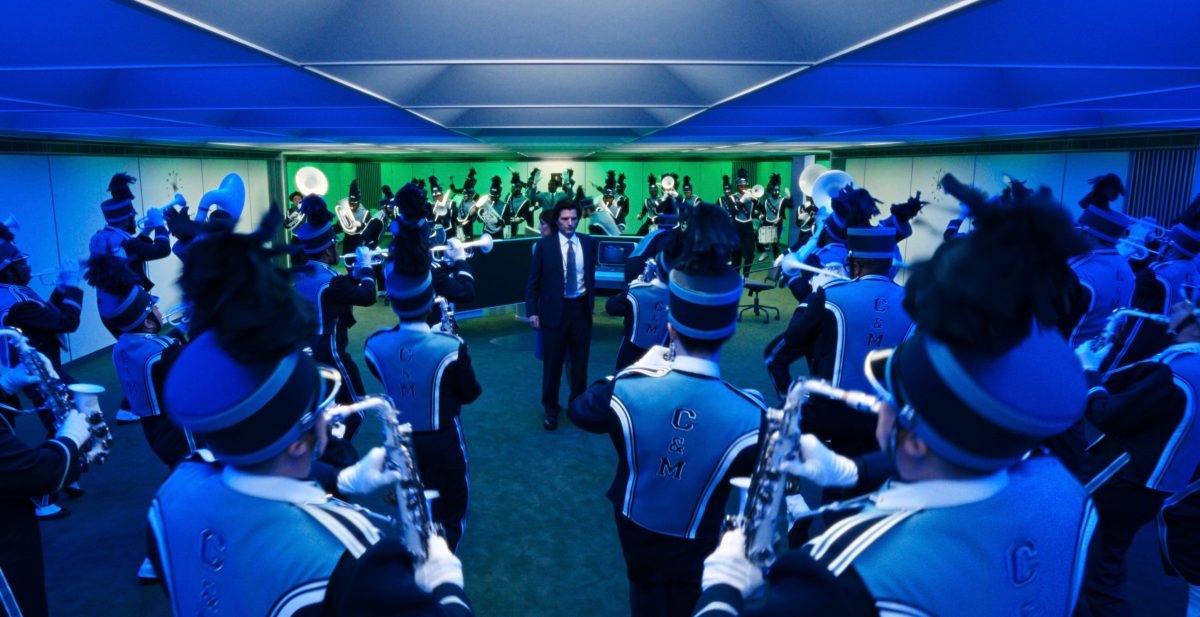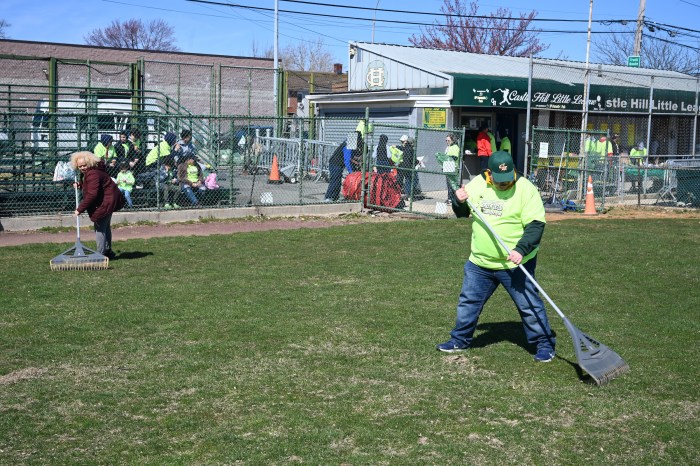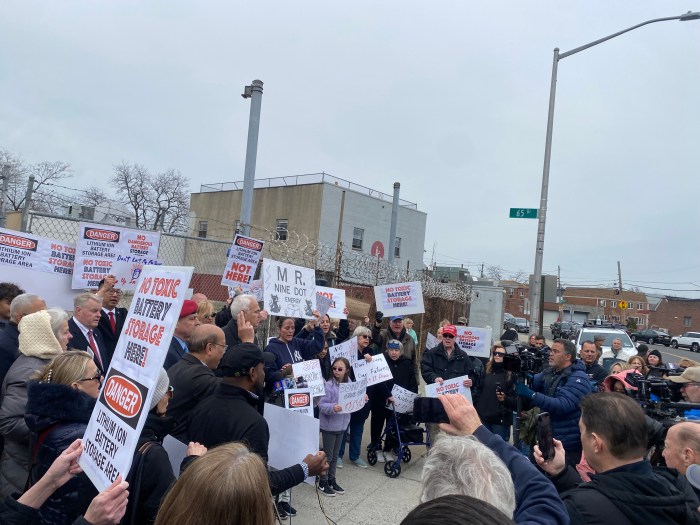
BY KAITLYN MEADE | When Hurricane Sandy rolled toward the East Coast, the city immediately began to prepare for emergency conditions, including evacuation. Yet fewer people seemed worried about the storm after Irene failed to cause the damage predicted last year.
Shortly before noon on Sun., Oct. 28, Mayor Michael Bloomberg asked residents to evacuate the low-lying coastal areas of Flood Zone A, including Battery Park City, parts of Tribeca, the Seaport, Financial District and the Lower East Side in anticipation of Hurricane Sandy’s gale force winds and storm surge. A total of 375,000 New Yorkers are required to leave their homes before 7 p.m. that evening.
The Downtown Alliance Business Improvement District rerouted two of its Downtown Connection shuttle buses on Sunday to help Battery Park City residents evacuate to Seward Park High School at 350 Grand Street, Lower Manhattan’s only evacuation center.
Joe Timpone, the BID’s head of operations, said that only a few people took advantage of them early on Sunday. “There weren’t many people taking the buses a half hour ago,” he said. “We’ll have to see as the day goes on if more people will come.”
Timpone echoed Bloomberg’s call to Zone A residents to evacuate their homes. “If people don’t leave before seven o’clock tonight, they’re pretty much going to be on their own,” he said. “The city has said they don’t want to put first responders at risk.”
But by about 4 p.m. on Sunday there were only 150 people registered at the shelter, a small number compared to over 700 people that came in during Irene. “It’s still early,” said Katherine Brown, an employee of the city Education Department who was registering residents. She said about half were children.
Joe Cordero, a supervisor at the city Health Department who was stationed at the shelter said that this situation had occurred before.
“Last year it was pretty much the same. Someone would knock on your door and give you the opportunity to leave. But they saw what happened last year. People think of it as hype. They aren’t taking it seriously,” he said. Cordero signed up as a volunteer with the Health Department a few years ago and is called to help the event of a hazard.
But Cordero, who lives near the East River on South Street with his wife and four children, also decided not to leave his home. “We’re on the eighth floor and the Health Department is ten minutes away,” he said. “It’s easy to report to work in the morning.”
His wife did not want to leave for a shelter, “because of the type of people involved. Some people just can’t do it,” he added. “My wife can’t.” Instead, they stocked up on supplies and water at the Cherry Street Pathmark.
While he planned to be home late, he also anticipated being one of the few to report for work on the Monday of the storm. “That’s the hard part — getting people out here,” he said. “Most people prefer to be home with their families.”
As of press time, the city did not have numbers for Seward Park High School, but a spokesperson said 2,415 had been served at all of the Manhattan centers — twice the number in any other borough.
The Lower East Side center briefly lost power Monday night but it was restored with a backup generator, according to the city’s Office of Emergency Management. State Sen. Daniel Squadron said in a statement that there was insufficient electric power at Seward Park.


































